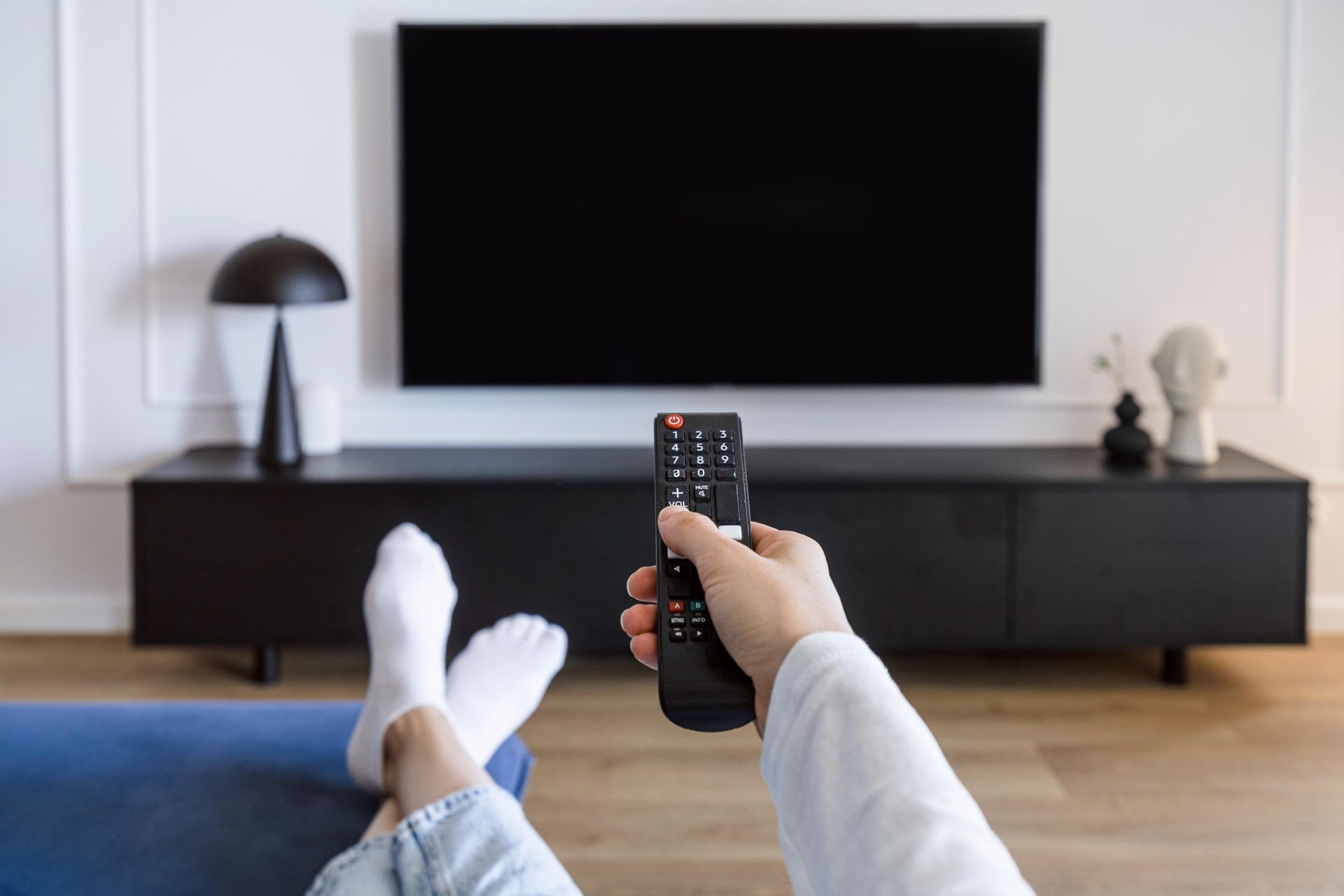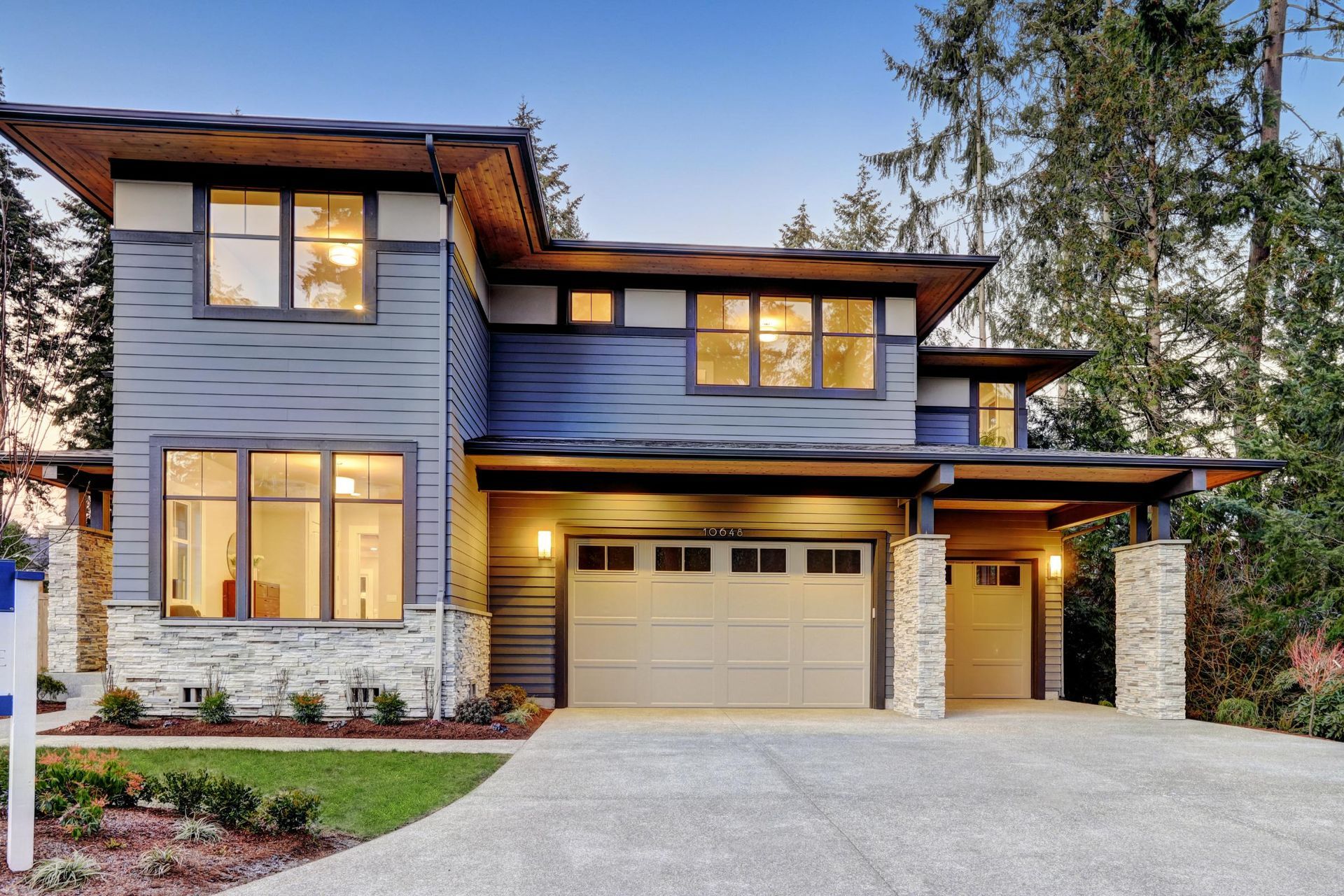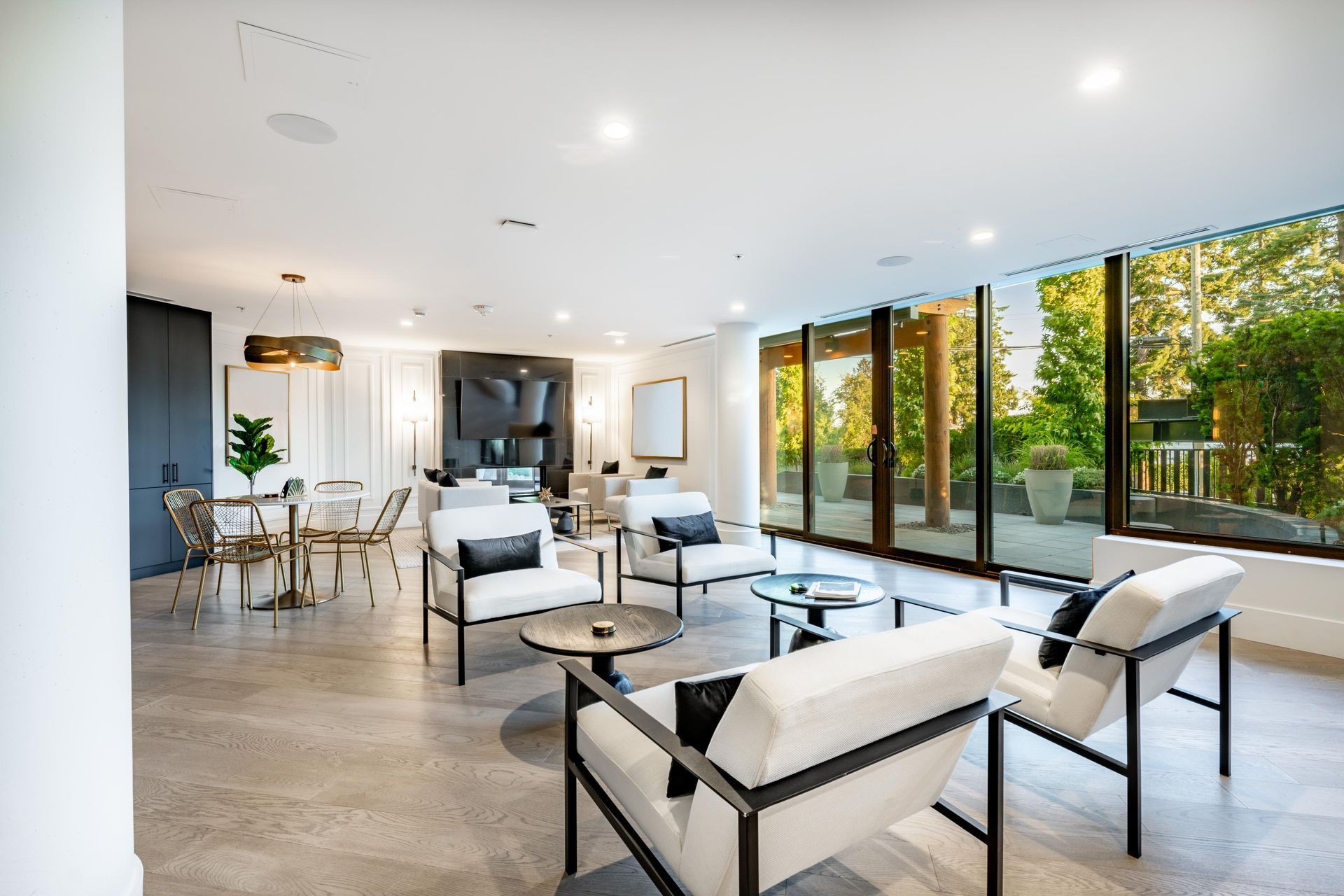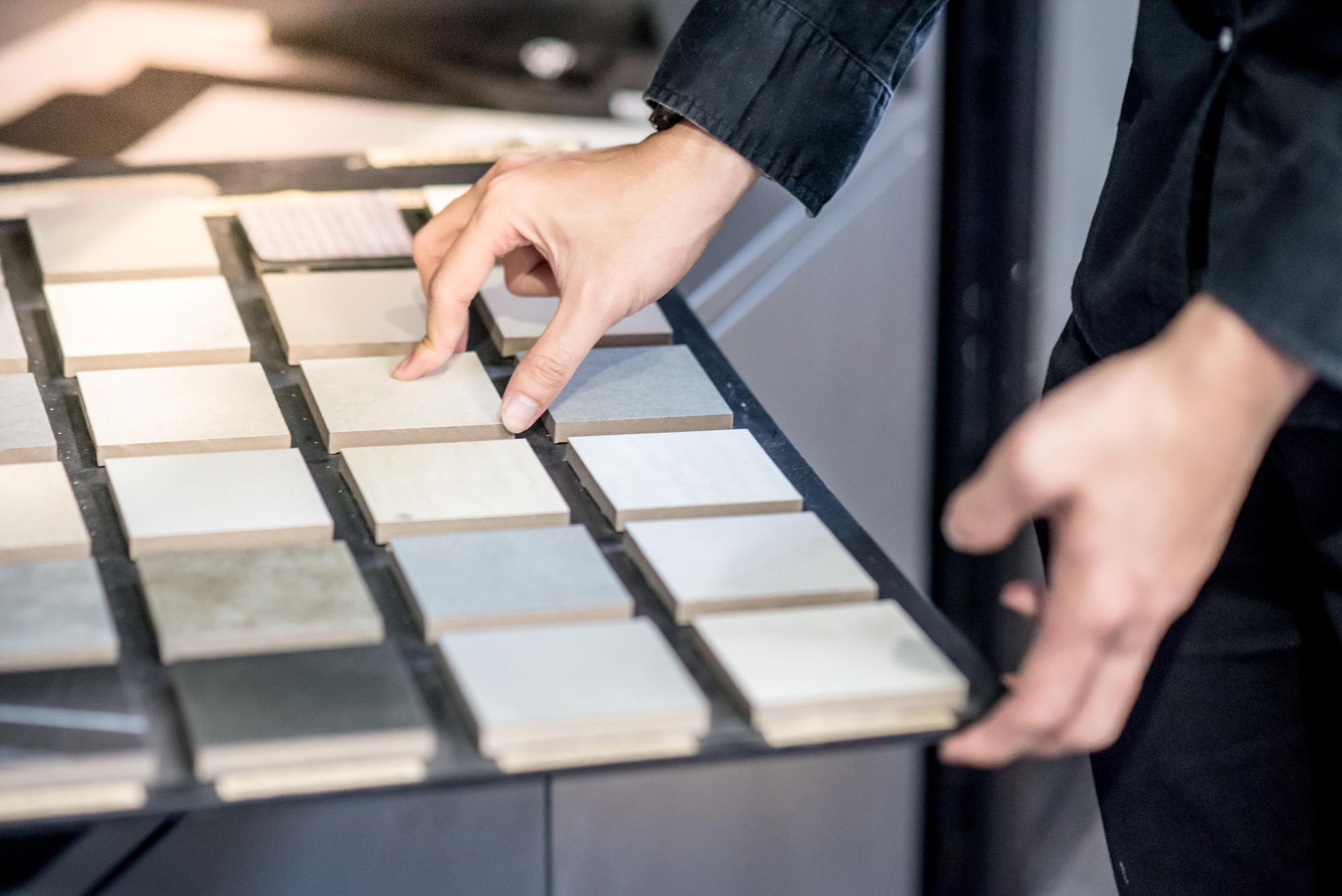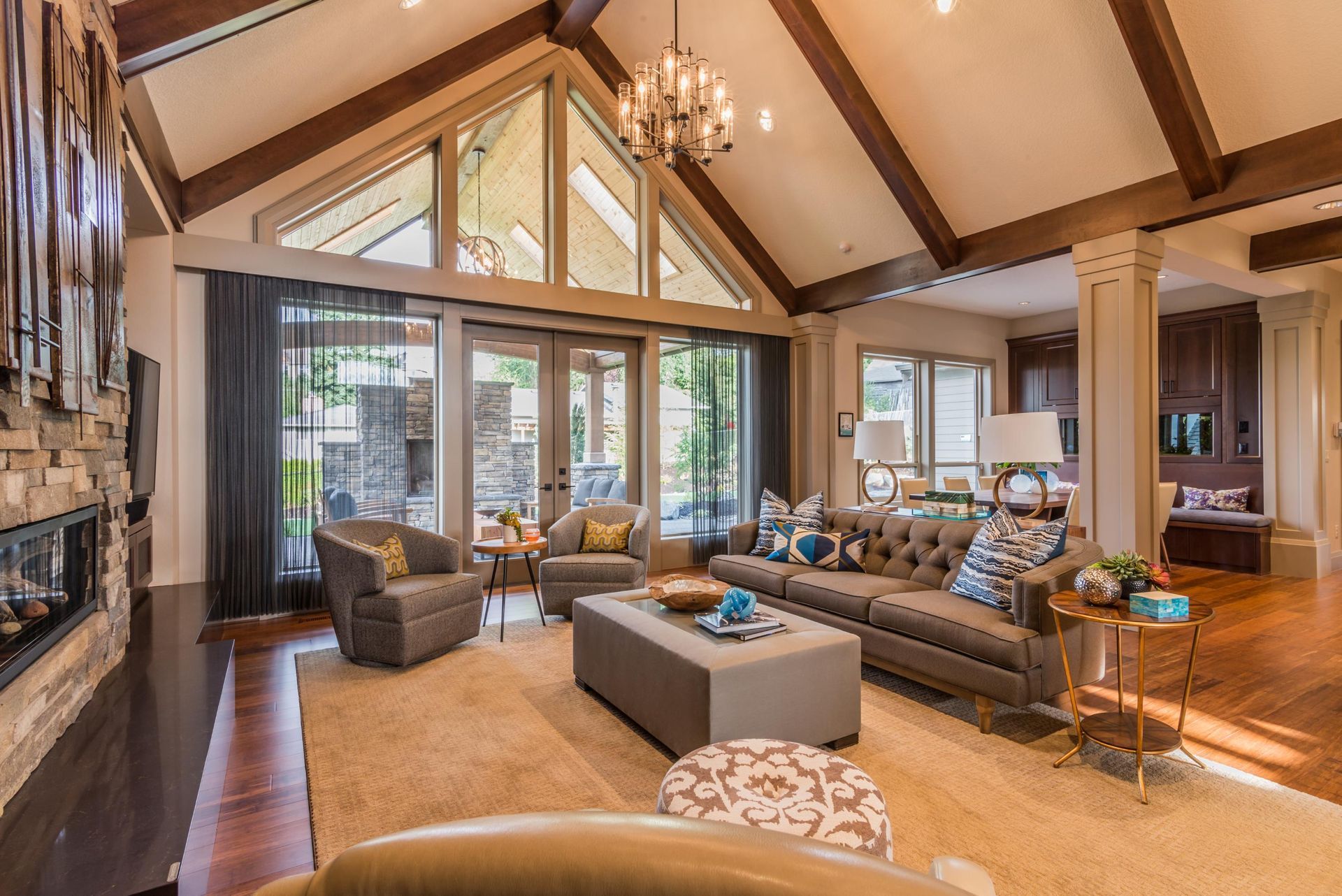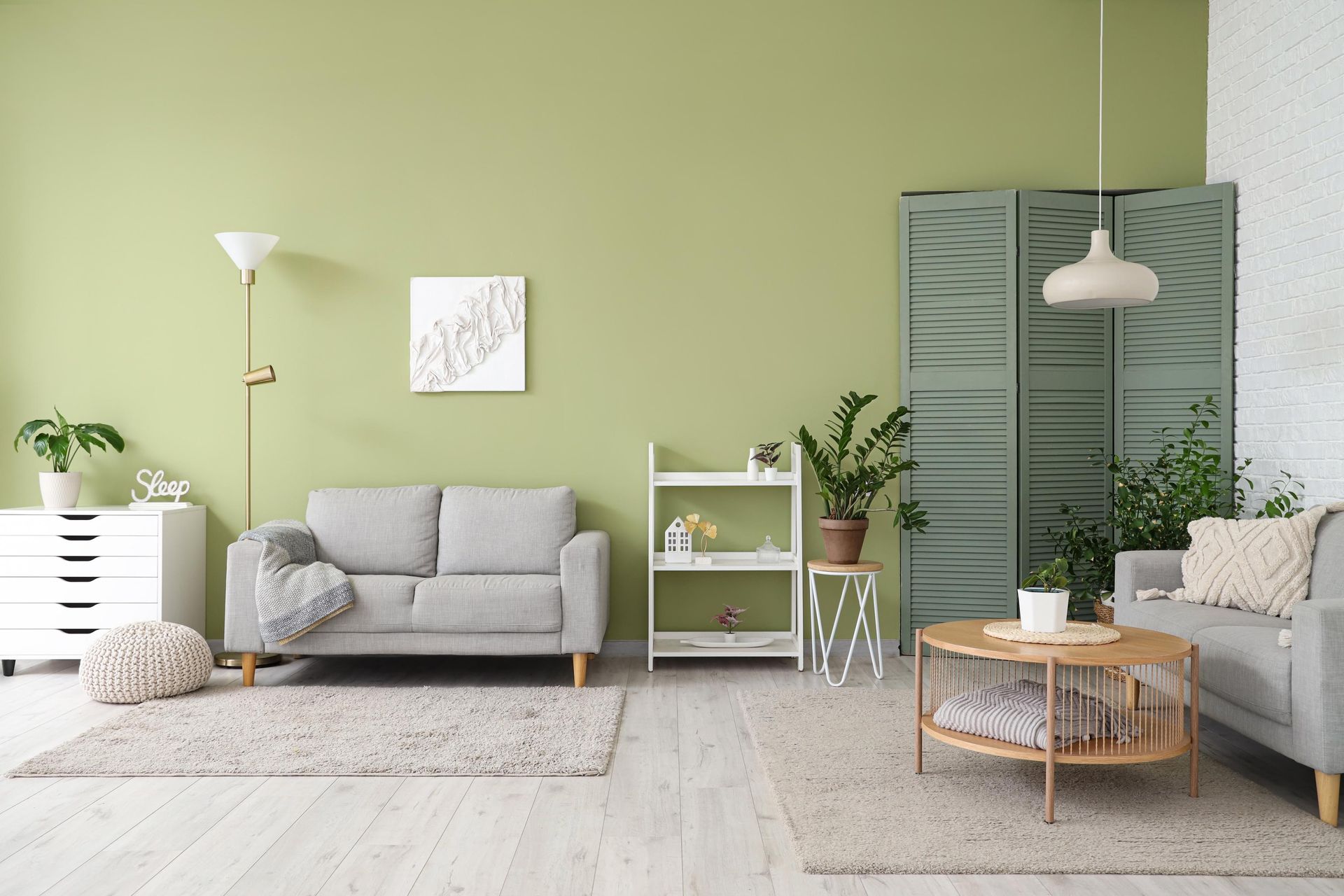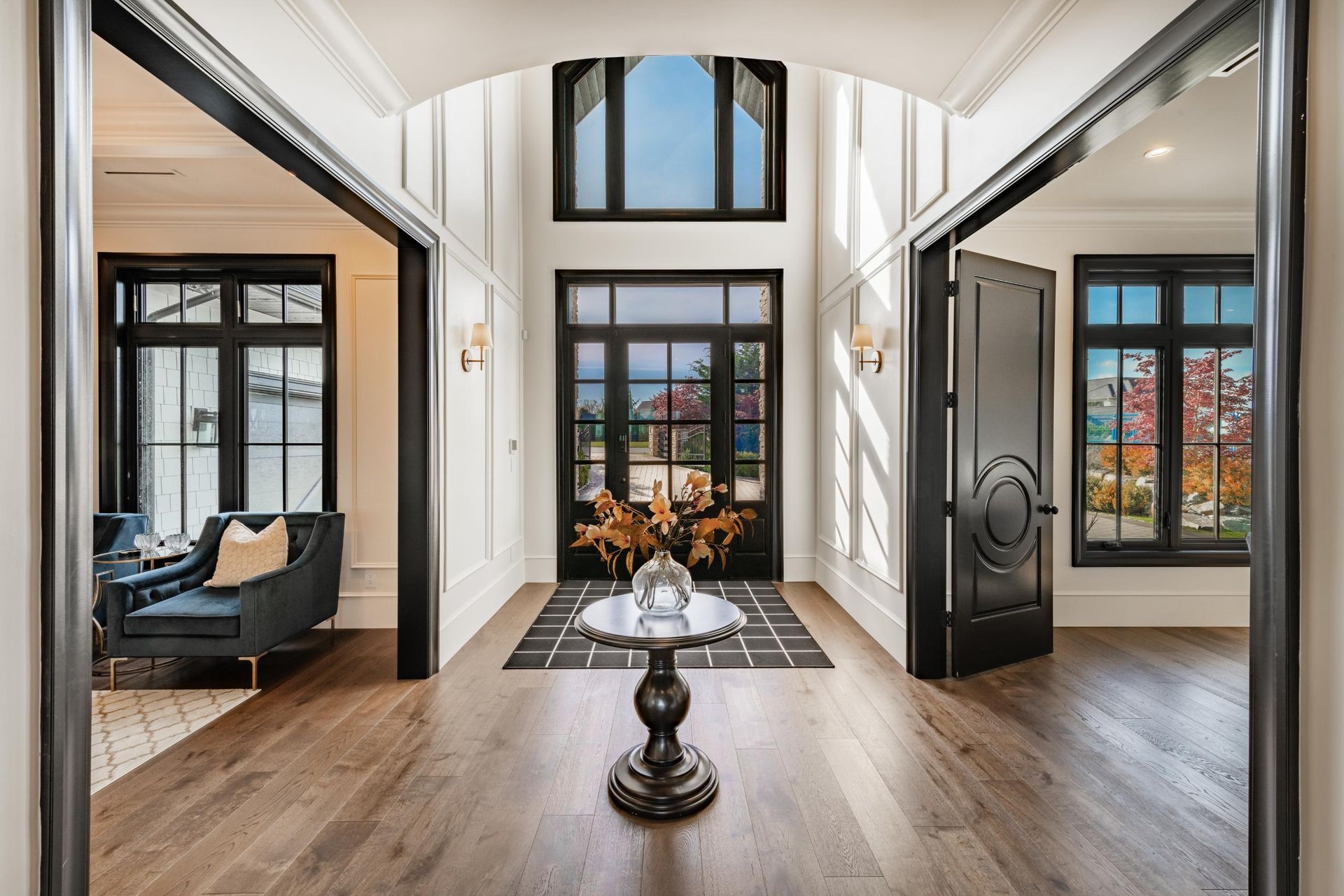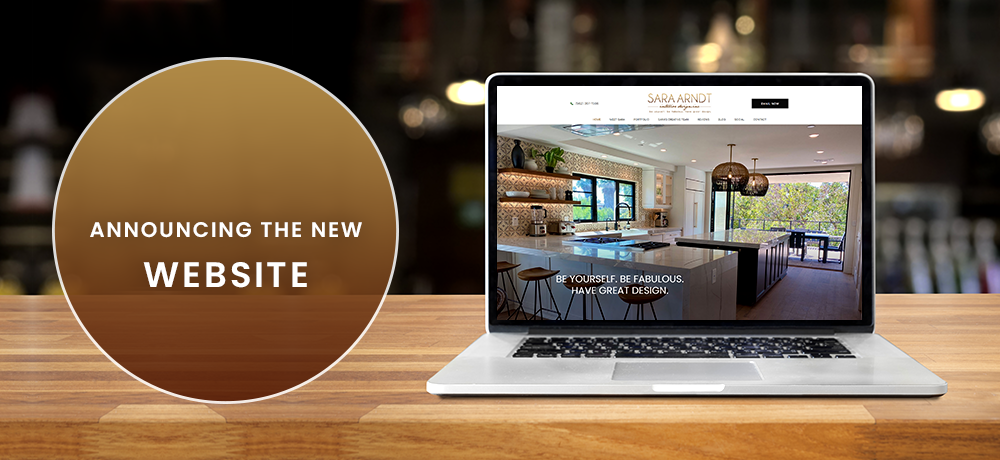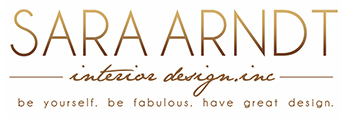Timeless Interior Design Styles to Consider
In the ever-evolving world of interior design, certain styles stand the test of time, offering a blend of elegance, functionality, and aesthetic appeal. For high-income individuals looking to invest in their living spaces, understanding these timeless styles is crucial. Not only do these styles enhance the beauty of a home, but they also reflect the unique tastes and lifestyles of their inhabitants. At Sara Arndt Interior Design, Inc., we understand the importance of creating spaces that are both luxurious and enduring, catering to the discerning tastes of our clients in Claremont, Pasadena, and beyond.
Understanding the Pain Points of High-End Clients
For our Ideal Customer Profile (ICP), the challenge often lies in finding interior design services that cater specifically to their personal vision and requirements. Clients in the top 10% income bracket seek exclusivity and personalized services that align with their values of quality, aesthetics, and sustainability. They desire a home that is not only a sanctuary of comfort and luxury but also a reflection of their personal expression. However, the complexity of managing a design project, coupled with the need for distinctiveness and exclusivity, can be overwhelming.
Embracing Classic Elegance: Traditional Style
Traditional interior design is a timeless style that draws inspiration from 18th and 19th-century European decor. It is characterized by its rich colors, luxurious furnishings, and attention to detail. This style appeals to those who appreciate classic elegance and a sense of history in their living spaces. With its focus on symmetry and balance, traditional design creates a warm and inviting atmosphere, perfect for high-income families who value a home that feels both sophisticated and comfortable.
Key Elements of Traditional Design
- Rich Color Palette: Deep reds, greens, and browns are commonly used, often accented with gold or cream tones to add warmth and richness.
- Luxurious Fabrics: Fabrics such as silk, velvet, and brocade are frequently used in upholstery and drapery, adding texture and opulence to the space.
- Ornate Furniture: Furniture pieces are often made of dark wood with intricate carvings, reflecting the craftsmanship of a bygone era.
- Classic Accessories: Chandeliers, antique mirrors, and framed art are key accessories that enhance the traditional aesthetic.
Modern Minimalism: The Art of Simplicity
In contrast to the opulence of traditional design, modern minimalism focuses on simplicity and functionality. This style is ideal for individuals who appreciate clean lines, open spaces, and a clutter-free environment. Modern minimalism emphasizes the use of neutral colors, natural light, and simple furnishings, creating a serene and uncluttered atmosphere. For clients who lead busy, demanding lifestyles, this style offers a refreshing retreat from the chaos of daily life.
Key Elements of Modern Minimalism
- Neutral Color Scheme: Whites, grays, and earth tones dominate the color palette, providing a calm and soothing backdrop.
- Functional Furniture: Furniture pieces are sleek and functional, often with multi-purpose designs to maximize space and utility.
- Open Spaces: The layout is open and airy, with minimal use of partitions and walls to allow for seamless flow between rooms.
- Natural Materials: Wood, stone, and metal are commonly used, adding warmth and texture to the minimalist aesthetic.
Mid-Century Modern: A Nostalgic Yet Forward-Thinking Approach
Mid-century modern design is a style that has seen a resurgence in popularity due to its timeless appeal and functional elegance. Originating in the mid-20th century, this design style is characterized by clean lines, organic forms, and an emphasis on integrating indoor and outdoor spaces. It is a perfect choice for those who appreciate a nostalgic touch with a contemporary edge, offering a unique blend of vintage charm and modern aesthetics.
Expertise and Experience: Making Informed Decisions
One of the primary advantages of hiring a professional interior designer is gaining access to their extensive expertise and experience. Designers are well-versed in the latest trends, timeless design principles, and effective space utilization techniques. They provide valuable insights and recommendations that help clients make informed decisions about their home interiors. Whether it's selecting the perfect color palette or optimizing the layout for functionality, professional designers ensure that every choice enhances both the aesthetic appeal and practicality of the space.
Key Elements of Mid-Century Modern Design
- Organic Shapes: Furniture and decor often feature smooth, rounded shapes that mimic natural forms, creating a harmonious balance in the space.
- Mixed Materials: The use of a variety of materials such as wood, metal, and glass is common, highlighting the innovative spirit of the era.
- Connection to Nature: Large windows and open floor plans are designed to bring the outdoors in, enhancing the sense of space and light.
- Iconic Furniture: Pieces like the Eames chair or Noguchi table are staples of this style, known for their innovative design and enduring appeal.
Industrial Style: Embracing Raw Beauty
Industrial design is a bold and edgy style that celebrates raw materials and utilitarian structures. Inspired by the look and feel of factories and warehouses, this style is perfect for those who appreciate a rugged, urban aesthetic. It emphasizes the beauty of unfinished surfaces and exposed elements, creating a space that feels both modern and timeless.
Key Elements of Industrial Design
Exposed Structures: Elements like beams, pipes, and brick walls are left visible, adding to the industrial charm.
Neutral Tones: A color palette of grays, blacks, and browns dominates, often accented with metallic tones.
Functional Furniture: Furniture is typically robust and practical, often repurposed from industrial settings.
Lighting Fixtures: Large, bold lighting fixtures, such as pendant lights or Edison bulbs, are key features that enhance the industrial vibe.
Scandinavian Style: Harmonizing Minimalism and Comfort
Scandinavian design is renowned for its minimalistic approach combined with a focus on functionality and comfort. Originating from the Nordic countries, this style is characterized by simplicity, clean lines, and a muted color palette. It's ideal for those who seek a clutter-free environment that still feels cozy and inviting.
Key Elements of Scandinavian Design
- Light Colors: Whites, soft grays, and pastel hues are predominant, creating a bright and airy atmosphere.
- Natural Materials: Wood, wool, and leather are commonly used, adding warmth and texture to the space.
- Functional Layout: Spaces are designed to be practical and efficient, often featuring multi-functional furniture.
- Hygge Elements: The concept of 'hygge'—creating a cozy and comfortable atmosphere—is central to this style, often achieved with soft textiles and warm lighting.
For those who value both minimalism and comfort, Scandinavian design offers a perfect blend. Its focus on functionality and simplicity makes it an attractive choice for anyone seeking a clutter-free yet cozy environment. Originating from the Nordic countries, this style is characterized by clean lines and a muted color palette, making it ideal for creating bright and airy spaces.
Each of these timeless design styles presents a unique approach to creating a home that reflects personal taste and lifestyle. Whether you prefer the classic elegance of traditional design, the simplicity of modern minimalism, the nostalgic charm of mid-century modern, the rugged appeal of industrial style, or the cozy minimalism of Scandinavian design, these styles offer something for everyone. The key is to find the one that resonates with your personal vision and meets your functional needs.
At Sara Arndt Interior Design, Inc., we recognize the challenges that high-end clients face in finding a design service that aligns with their exclusive tastes and busy lifestyles. Our personalized design solutions cater to the unique requirements of each client, ensuring that your home is not just a living space but a reflection of your individuality. With our expertise in luxury interior design, we offer a seamless project management experience from concept to completion, making the process hassle-free and enjoyable.
If you're ready to transform your home into a timeless masterpiece that embodies your style and values, reach out to us at sara@interiordesignla.com. Let Sara Arndt Interior Design, Inc. guide you in creating a space that is both luxurious and enduring, tailored to your unique vision.
